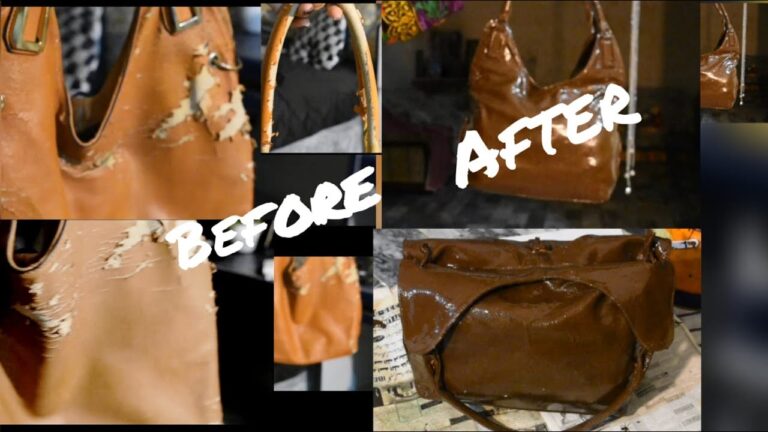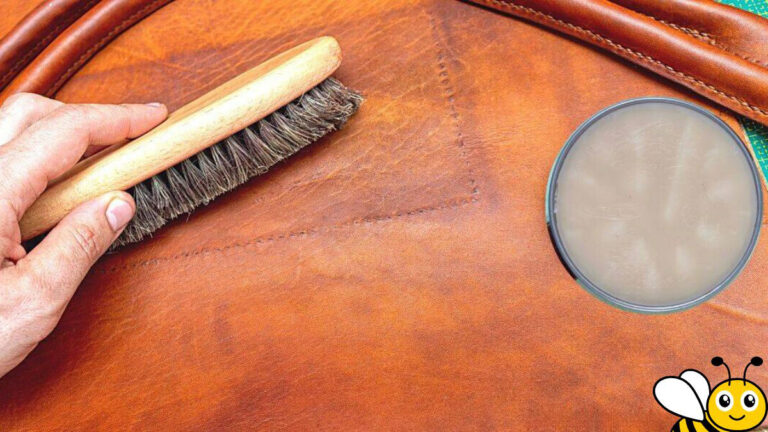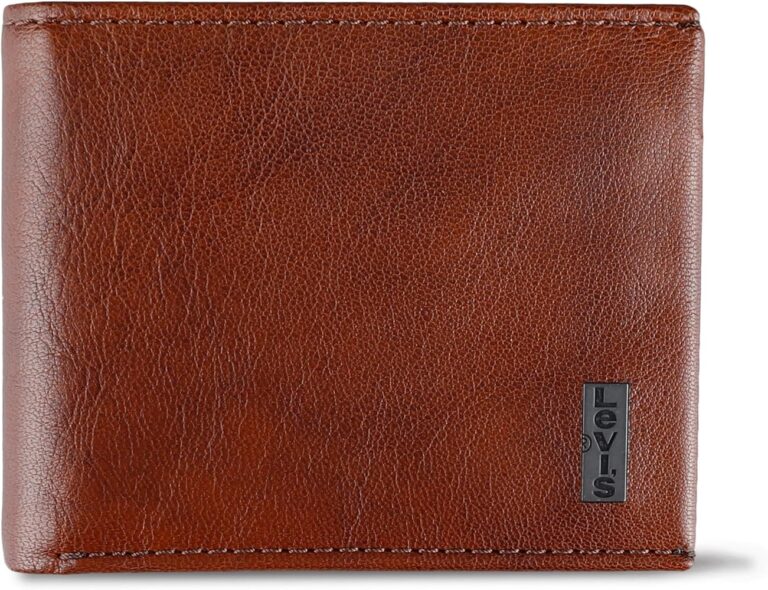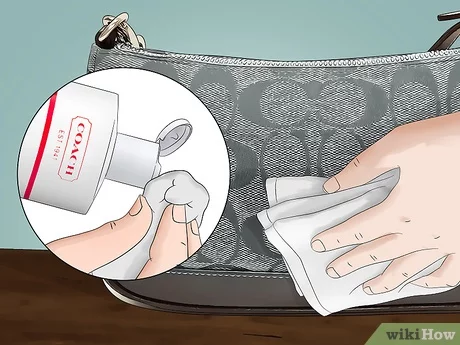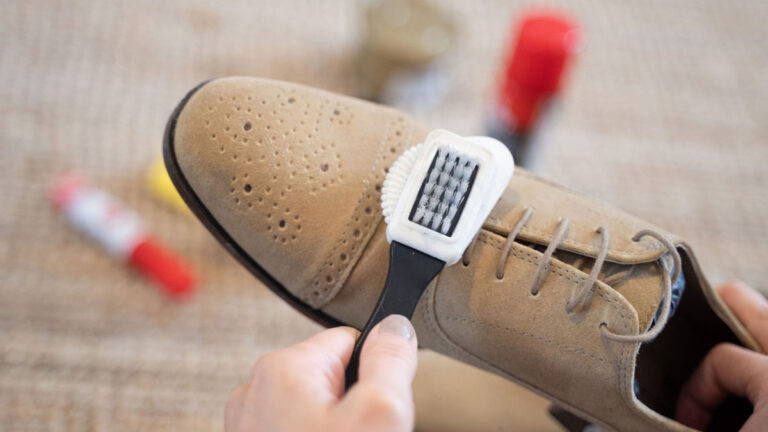Mastering the Art of Softening Hard Leather Boots
Understanding Leather Qualities
To effectively soften hard leather boots, it’s important to understand the various types of leather and their characteristics. This helps in choosing the right products and techniques for softening without compromising the leather’s integrity.
Different Types of Leather
Leather comes from different animal hides, and each type has its unique properties.
| Type of Leather | Source | Characteristics |
|---|---|---|
| Cowhide Leather | Cows | Heavy, strong, and durable |
| Deerskin Leather | Deer | Soft, light, and highly flexible |
| Lambskin Leather | Lambs | Extremely soft, delicate, and flexible |
| Goat Leather | Goats | Soft, lightweight, and durable |
Characteristics of Leather Types
Understanding the characteristics of different types of leather is crucial for selecting the right softening techniques.
Full-Grain Leather
Full-grain leather is the least processed form of leather. It showcases the hide’s natural marks, providing robustness ideal for work environments. It’s thick and less treated, making it durable but initially stiff. Full-grain leather benefits most from conditioning oils that penetrate deep into the leather, enhancing its flexibility without compromising its strength. More about why leather cracks and how to prevent it can be found in our article on why does leather crack and peel.
Top-Grain Leather
Top-grain leather is more processed to give a smoother finish. It’s generally more flexible, making it suitable for daily wear boots. For top-grain leather, lighter conditioners are preferable to prevent the leather from becoming overly soft and losing its shape.
Suede
Suede is derived from the underside of the animal skin. It provides a soft, napped texture that is fashionable but less resistant to water and staining. Suede requires special attention as it should not be treated with oils or traditional conditioners. Instead, specialized sprays designed to provide flexibility while protecting its unique texture are recommended. For more tips on suede care and prevention of damage, visit our guide on how to get water stains out of leather shoes.
Each type of leather requires specific products and care to maintain its quality. By understanding these distinctions, you can effectively soften hard leather boots without compromising their integrity. Additional insights on leather conditioning are detailed in our section on Leather Conditioning Importance.
Softening Techniques for Leather
When it comes to softening hard leather boots, you have several methods at your disposal. Each technique involves specific products and steps to ensure your boots become more supple without compromising their durability.
Using Oils for Softening
Oils are a popular choice for softening leather. They penetrate deeply, nourishing the material and enhancing its flexibility.
Best Oils to Use:
- Mink Oil: Widely used for its ability to condition and water-proof leather.
- Neatsfoot Oil: Known for preserving leather’s strength and preventing it from drying out.
- Jojoba Oil and Coconut Oil: Effective for conditioning without making the leather too greasy.
- Olive Oil: Suitable for items like baseball gloves, but not recommended for high-end or furniture leather, as it can leave stains.
Application Steps:
- Allow the leather to breathe for about 10 to 15 minutes to open up the pores for better absorption (Moonster Leather Products).
- Using a soft cloth, gently apply a thin layer of your chosen oil evenly over the leather surface.
- Let the boots rest overnight to ensure the oil is fully absorbed. This method enhances flexibility and durability over time.
Water-Based Softening Methods
Water can also be used to soften hard leather boots through controlled dampening and wearing them to shape.
Steps:
- Lightly dampen the inside of the boots using a spray bottle. Avoid soaking, as too much water can damage the leather.
- Wear thick socks and put on the boots. Flexing your feet as you walk helps to stretch and soften the leather.
- Allow the boots to dry on your feet or with forms inside to maintain the desired shape.
Utilizing Vaseline for Softening
Vaseline is another household item that can be used to soften leather effectively.
Application Steps:
- Dab rubbing alcohol onto the leather surface where you intend to apply Vaseline.
- Apply a light layer of Vaseline evenly over the area.
- Allow the leather to absorb the alcohol and Vaseline overnight for a softer finish (Moonster Leather Products).
Comparison Table:
| Method | Product Used | Benefit | Duration |
|---|---|---|---|
| Oils | Mink, Neatsfoot, Jojoba, Coconut | Deep penetration and flexibility | Overnight |
| Water-Based | Water and Thick Socks | Shape with wear | Few hours |
| Vaseline | Vaseline and Rubbing Alcohol | Simple and effective | Overnight |
By following these techniques and selecting the right products, you can soften hard leather and maintain the quality of your boots. For further guidance on how to clean leather boots or repairing leather damage, explore our related articles.
Leather Conditioning Importance
Proper conditioning is paramount when it comes to maintaining and softening your hard leather boots. Leather conditioning ensures that your boots remain supple, flexible, and comfortable.
Benefits of Leather Conditioning
Conditioning leather boots can significantly enhance their longevity and performance. Here are some key benefits:
- Softening: Applying a leather conditioner helps to soften and relax the leather fibers, making your boots more comfortable and easier to wear (Moonster Leather Products).
- Water Resistance: Conditioning provides an additional layer of protection, enhancing the water resistance of your boots. This helps prevent water damage and prolongs the life of the leather.
- Durability: Regular conditioning keeps the leather strong and resilient, reducing the risk of cracks and splits. This increases the overall durability of your boots.
- Supple Texture: Conditioners contain oils that lubricate the leather fibers, giving your boots a softer and more supple texture (Steel Horse Leather).
Choosing the Right Conditioner
Selecting the appropriate leather conditioner is crucial for achieving the best results. Here are some popular options:
| Conditioner Type | Description | Suitable Use |
|---|---|---|
| Leather Honey Conditioner | A deeply penetrating conditioner that softens and strengthens leather. | Ideal for old and new boots needing intensive care |
| Lexol Conditioner | Contains essential oils that nourish and moisturize leather. | Good for regular use to maintain suppleness |
| Coconut Oil | Penetrates deeply and enhances flexibility. | Great for boots needing extra softness |
| Mink Oil | Provides deep conditioning, increasing softness and water resistance. | Perfect for outdoor leather boots needing protection |
| Neatsfoot Oil | Lubricates and conditions leather fibers well. | Best for boots requiring extensive softening. |
To apply the conditioner, follow these steps:
- Clean Your Boots: Remove any dirt or debris using a soft brush.
- Apply Conditioner: Use a soft cloth to apply a thin and even layer of conditioner to your boots. Avoid oversaturating the leather.
- Rest and Absorb: Allow your boots to sit overnight to let the conditioner fully absorb into the leather.
Maintaining your leather boots through regular conditioning and proper care techniques ensures they stay soft and durable. For more tips on leather care, visit our articles on how to get scratches out of leather shoes and how to soften hard leather.
Stretching Leather Boots
Stretching leather boots can make them more comfortable and enjoyable to wear. Here are some effective methods and the risks associated with over-stretching.
Methods of Stretching Leather
Various techniques can help you achieve a better fit for your leather boots. Here are some popular methods:
1. Oils and Conditioners
Leather stretches when treated with oils and conditioners. These products soften the leather, making it more pliable. Apply a generous amount of conditioning oil to the areas you want to stretch, and let it sit for a few hours. This method not only stretches but also conditions the leather.
2. Shoe Stretchers
Shoe stretchers offer precision. Available in wood, plastic, or metal, these devices can stretch leather boots both lengthwise and widthwise. Look for stretchers with detachable knobs to target specific areas (Baker’s Boots).
3. Heat
A blow dryer can be an excellent tool for stretching. Heat the leather from at least 4-6 inches away for about one minute. Wear thick socks and put on the heated boots until they cool down. The heat will soften the leather, allowing it to stretch as you walk around.
4. By Hand
Manually stretching leather can also be effective. Gently pull and flex the areas of the boot that need stretching. Doing this consistently over time will make the leather more accommodating.
Risks of Over-Stretching Boots
While stretching leather boots can provide a better fit, over-stretching can lead to significant issues:
1. Material Damage
Over-stretching, or applying too much force, can damage the leather. Leather can only be stretched by about a quarter of a boot size. Trying to stretch it beyond this limit can weaken the material, causing tears or excessive wear.
2. Permanent Deformities
Overly aggressive stretching can result in misshapen boots. The leather may not return to its original form, leading to an uneven or distorted appearance.
3. Loss of Structural Integrity
Leather boots are designed to maintain their shape and support. Over-stretching can compromise the boot’s structure, making it less supportive and uncomfortable to wear for extended periods.
It’s important to approach the stretching process gradually to avoid these risks. For more information on maintaining and caring for leather items, explore our guides on how to soften hard leather, how to remove smell from leather boots, and more.
Breaking in Leather Boots
Break-In Process Duration
The process of breaking in leather boots requires time and patience. High-quality leather boots typically take about 80-120 hours of active wear to fully break in. This translates to roughly 2-3 weeks of full-time use (Drew’s Boots). During this initial period, it is recommended to wear your boots at home for at least a week before venturing outdoors. This helps in acclimating the leather to your foot shape and reducing discomfort.
Tips for Breaking in Boots
Properly breaking in your leather boots can make a significant difference in terms of comfort and longevity. Here are some professional tips to help you through the process:
Gradual Wear: Start by wearing your boots for short periods, gradually increasing the duration. This prevents excessive pressure on any one area and helps the leather adapt to your feet.
Use Leather Conditioners: Applying leather conditioners or oils softens and relaxes the leather fibers. However, use these products sparingly, as over-conditioning can lead to excessive stretching (Drew’s Boots). For more on this, visit our section on how to soften hard leather.
Thick Socks: Wearing thick socks can help stretch the leather gently, making your boots more comfortable. This technique also provides extra cushioning during the initial break-in period.
Heel Pads or Inserts: If the boots are causing discomfort around the heel area, consider using heel pads or inserts. These can provide additional comfort and prevent blisters.
Walking Indoors: Initially, wear your boots inside the house. Walking on different surfaces at home will help the boots start to conform to the shape of your feet without the harsh conditions outdoors.
Flex the Boots: Manually flex the boots by bending them back and forth. This helps in loosening up the leather around the instep and the arch area.
| Break-In Tips | Recommended Duration |
|---|---|
| Gradual Wear | Start with 1-2 hours, increase to 6-8 hours |
| Use Leather Conditioners | Once every few days |
| Thick Socks | First week of break-in |
| Heel Pads or Inserts | As needed |
| Walking Indoors | First 7 days |
| Flex the Boots | Daily for 5-10 minutes |
By following these tips, you can ensure a smoother break-in process for your leather boots, ultimately resulting in a more comfortable and personalized fit. For additional information on leather care, refer to our guide on how to wash leather boots.
Maintenance and Care Tips
Ensuring your leather items remain in excellent condition involves proper upkeep and protection measures.
Cleaning Leather Items
Neglecting regular cleaning of leather footwear or furniture can result in dirt and grime accumulation, accelerating wear and causing potential damage. To combat this:
- Wipe Down: Use a dry cloth to remove surface dust and dirt.
- Leather Cleaner: Apply a leather-specific cleaner with a soft cloth.
- Hydration: Maintain the leather’s moisture by using a leather conditioner.
For more specific cleaning on other leather goods, see:
- how to wash leather jacket
- how to wash leather shoes
- how to wash leather boots
- how to remove smell from leather jacket
Preventing Sun Damage
Direct sunlight can cause leather dyes to fade, leaving your boots or furniture looking dull. To prevent sun damage, avoid placing leather items in direct sunlight when not in use. If sun damage occurs, applying a matching dye can restore the leather’s original color (Overlook Boots).
Repairing Leather Damage
Leather, much like skin, can crack and sustain damage if not properly cared for. Scratches and deep cracks can be repaired using a leather repair kit. Here’s how to address these issues:
- Lightly Sand: Use fine-grit sandpaper to smooth the damaged area.
- Repair Filler: Apply a leather filler to the crack or scratch.
- Dye Application: Use a matching pigmented dye to blend the repair with the rest of the leather.
- Seal: Apply a sealant to protect the repair.
For more specific repairs on various leather items, see:
- how to repair peeling faux leather bag
- how to get scratches out of leather shoes
- how to get scuffs out of leather shoes
- how to get oil out of leather shoes
Regular maintenance, careful storage, and prompt repair will ensure your leather items stay in great shape for years.


